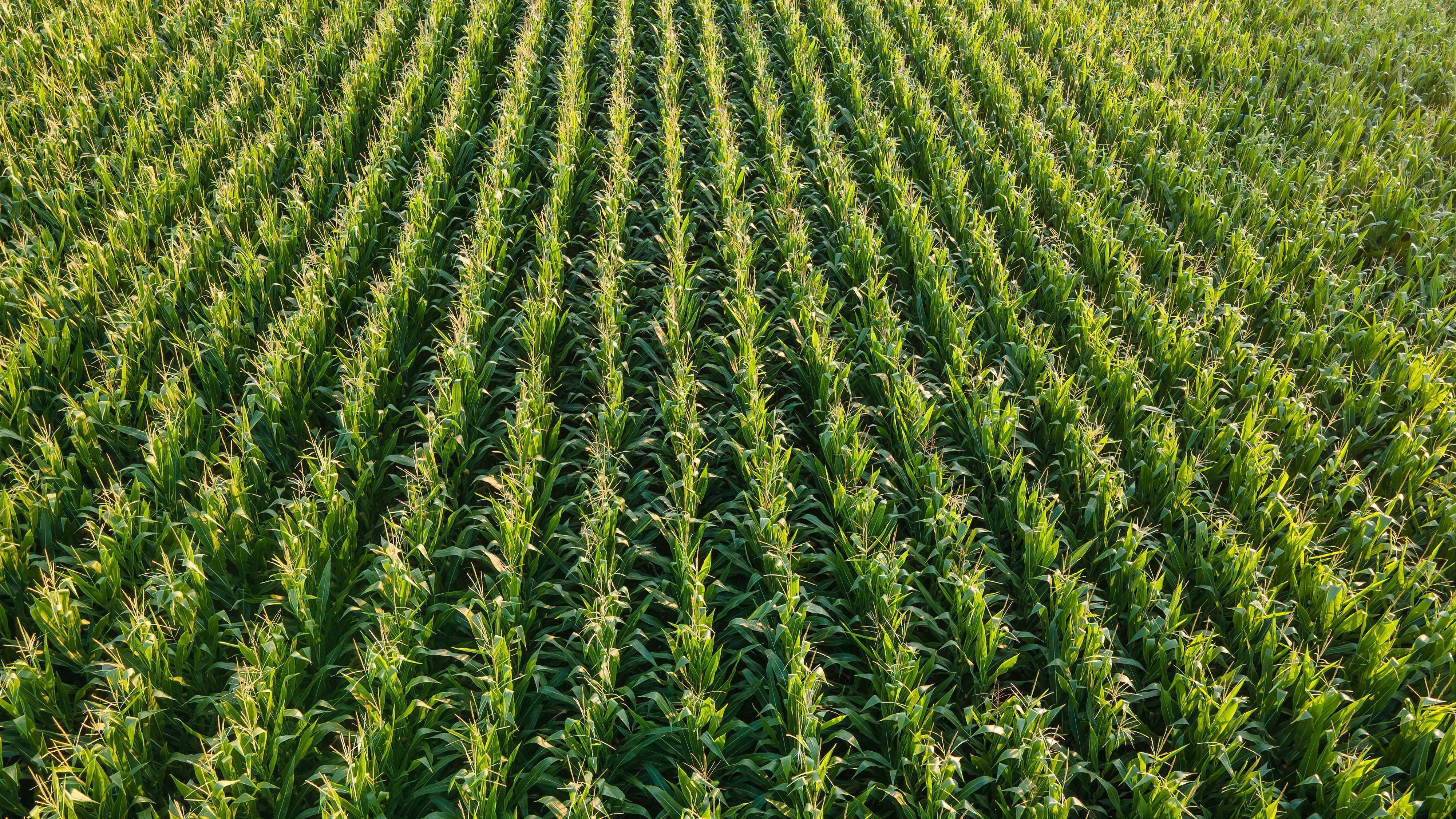Late-season nitrogen fertilization on maize yield: A meta-analysis
by Fernandez, J. A., DeBruin, J., Messina, C. D., & Ciampitti, I. A.
Published in Field Crops Research, 247, 107586. 2020.
A meta-analysis was conducted to identify patterns of yield response to late-N fertilization (post tenth-leaf, V10) across published and unpublished sources from 1983 until 2018.
Highlights
- Inconsistent LN fertilization responses were observed across experiments.
- Post-silking N uptake (NUPost-Silking) is suggested as an indicator for differential responses to LN.
- Nitrogen nutrition index (NNISILKING) was related with NUPost-Silking changes.
- Nitrogen recovery efficiency was enhanced by the utilization of LN fertilization, when properly adopted.
Abstract
Late-season fertilizer N applications in maize (Zea mays L.) is a tactical agronomic practice that seeks to improve the synchrony between plant N demand and soil N supply. While this management practice can increase yield and limit unintended environmental impacts, a quantitative synthesis of the effects of late N applications on grain yield and resource use efficiency is lacking.
A meta-analysis was conducted to identify patterns of yield response to late-N fertilization (post tenth-leaf, V10) across site-years studies. The goals of this study were to: 1) quantify the effect of late-season N fertilization on maize yield; and 2) identify an indicator for decision support of late-N fertilization. Published and unpublished sources from 1983 until 2018 were included in the meta-analysis (14 studies; n = 625 treatment means). Early-season (EN, ≈ 100% of fertilizer applied prior to the sixth-leaf, V6) and late-season (LN, < 50% N applied before V10) N fertilization were compared to determine the effect of application timing on yield, N uptake, and N recovery efficiency (REN, N uptake increase per unit of N applied).
Across studies, the timing of application of N was not associated with a quantifiable change in maize yield. Due to significant heterogeneity across experiments (I2 = 48%), there is an opportunity to explore plausible effects of the practice when N is limiting (LN improved yield) on yield and effective use of N. Increased post-silking N uptake (>28% of N uptake at maturity occurring after silking) was positively related with yield increases for LN (+577 kg ha−1), and the contrast in REN between LN and EN was 0.04 kg kg−1. Environments prone to a greater N uptake during reproductive stages are proposed to be more suitable for late N applications. Prediction algorithms to inform tactical N management that can both increase productivity and sustainability could be developed provided adequate links between late-season N uptake and growing-season indicators could be established.
Citation
Fernandez, J. A., DeBruin, J., Messina, C. D., & Ciampitti, I. A. (2020). Late-season nitrogen fertilization on maize yield: A meta-analysis. Field Crops Research, 247, 107586.
Image credit: Pexels
